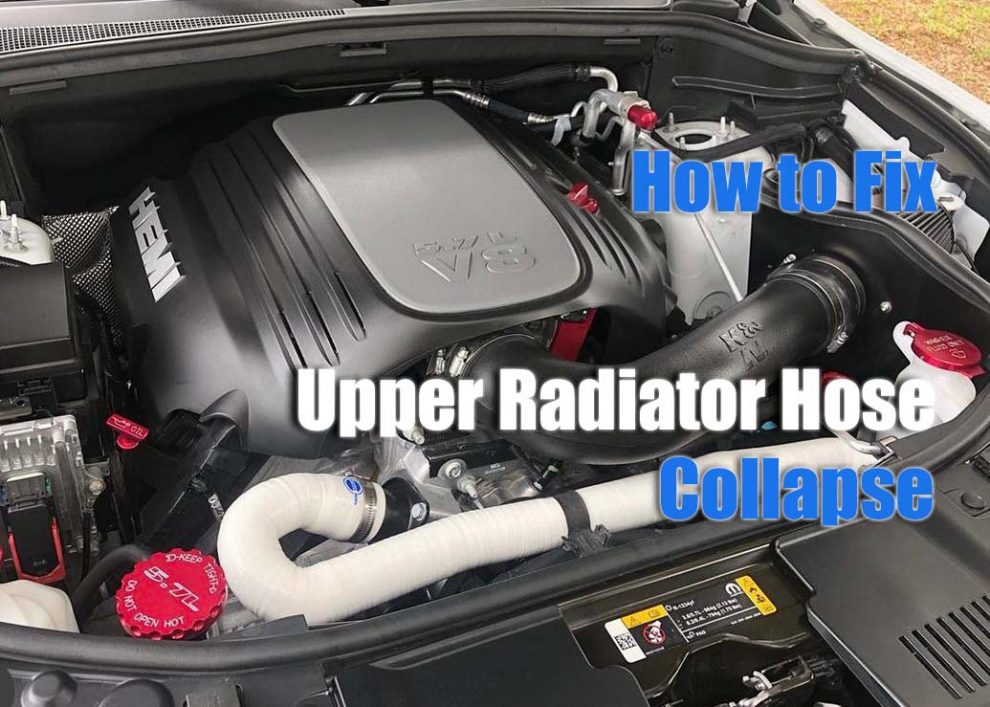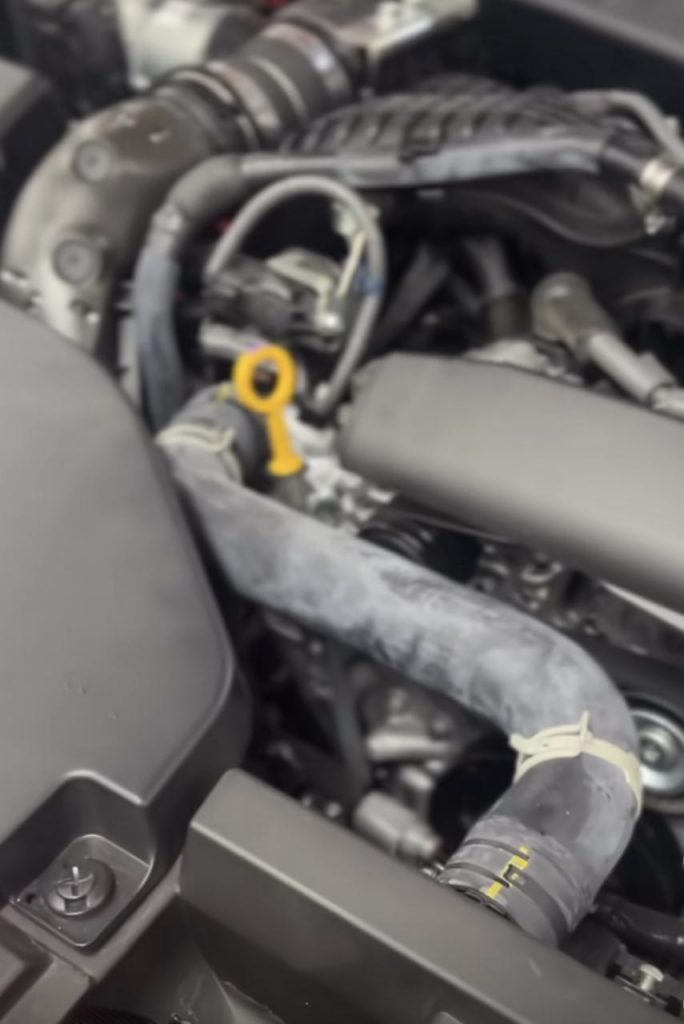Upper radiator hose collapse is a common issue in Jeep vehicles. This problem can cause your car to overheat, leading to extensive and expensive repairs. Jeep owners need to understand the causes of upper radiator hose collapse as well as the signs to look out for so that they can take preventative measures and save themselves from further damage. In this article, we’ll explore the causes of upper radiator hose collapse in Jeeps, the symptoms you should look out for, and solutions to fix this issue.
Causes of Upper Radiator Hose Collapse
An upper radiator hose collapse is a common problem many vehicle owners face. Here are the causes of this issue:
-
Insufficient Coolant Levels: Low coolant levels can result in a loss of pressure within the cooling system. As a result, the upper radiator hose may not expand as it should, leading to collapse.
-
Weak or Damaged Hose Material: The upper radiator hose can degrade over time due to high temperatures and pressure exposure. If the hose material weakens, it becomes more prone to collapsing under the cooling system’s pressure.
-
Cooling System Blockage: Blockages within the cooling system can disrupt the coolant flow. When the coolant flow is hindered, the upper radiator hose might collapse due to irregular pressure distribution.
-
 Excessive Engine Heat: If the engine runs at higher temperatures than normal, it can generate excessive heat in the cooling system. This heat can affect the upper radiator hose and lead to deformation or collapse.
Excessive Engine Heat: If the engine runs at higher temperatures than normal, it can generate excessive heat in the cooling system. This heat can affect the upper radiator hose and lead to deformation or collapse. -
Coolant Mix Issues: Using an incorrect coolant mixture or mixing different types of coolant can create air pockets and lead to coolant flow issues, causing the upper radiator hose to collapse.
-
Hose Misalignment: If the upper radiator hose is not installed correctly or is misaligned, it may not have enough room to expand and contract, making it susceptible to collapse.
-
Age and Wear: Like all automotive components, the upper radiator hose has a limited lifespan. As it ages and wears out, it becomes more susceptible to failure, including collapse.
-
Faulty Radiator Cap: A malfunctioning or defective radiator cap can cause pressure imbalances in the cooling system, leading to hose collapse.
-
Aftermarket Modifications: Certain aftermarket modifications, such as adding non-OEM components, can disrupt the proper flow of coolant and contribute to upper radiator hose collapse.
Symptoms of Upper Radiator Hose Collapse
The most obvious sign that indicates that your Jeep has an upper radiator hose collapse is when you experience engine overheating while driving or when you check your temperature gauge. It reads higher than normal temperatures when idling or at stop lights. Other signs include visible cracks or splits in the hoses due to wear and tear and leaking fluid underneath the car from where the hoses are connected. Often, this fluid will be reddish/brown coolant fluid rather than oil which could indicate a potential leak elsewhere, such as from a cracked head gasket, etc. Additionally, if light smoke comes from under the hood when you open the hood after driving, this could indicate that there is something wrong with your cooling system due to excessive heat buildup causing problems like a collapsed upper radiator hose, etc. Also read about Best Cold Air Intake for Nissan Skyline.
Fixing the Upper Radiator Hose Collapse
The most effective solution to fixing an upper radiator hose collapse is to replace the hose with a new one. Replacing the old, collapsed hose with a fresh model will restore the coolant flow, eliminating any risk of further damage or overheating. When replacing the upper radiator hose, it is necessary to use OEM components to ensure proper fitment and functionality. Additionally, Jeep owners should consider inspecting the other hoses in their vehicle’s cooling system for signs of wear or damage. If any other hoses appear worn out or frayed in any area, it is also best to replace them. It is also essential to check for blockages within the cooling system and ensure all fittings are secure and properly connected. Lastly, it is essential to regularly check your vehicle’s coolant level and top off, if necessary, using the correct coolant mixture specified by your Jeep’s manufacturer.
Conclusion
Upper radiator hose collapse is common in Jeep vehicles and can lead to engine overheating. To prevent further damage, it is important to understand the causes of this issue and the symptoms to look out for. Fixing an upper radiator hose collapse requires replacing the old, collapsed hose with a brand-new one. Additionally, it is necessary to check other hoses within the cooling system for signs of wear and tear, inspect for blockages within the cooling system, and make sure all fittings are securely connected. Lastly, it is essential to regularly check your vehicle’s coolant level and top off using the correct coolant mixture as specified by your Jeep’s manufacturer. Following these simple steps, Jeep owners can save themselves from expensive repairs due to upper radiator hose collapse.


 Excessive Engine Heat: If the engine runs at higher temperatures than normal, it can generate excessive heat in the cooling system. This heat can affect the upper radiator hose and lead to deformation or collapse.
Excessive Engine Heat: If the engine runs at higher temperatures than normal, it can generate excessive heat in the cooling system. This heat can affect the upper radiator hose and lead to deformation or collapse.
Add Comment